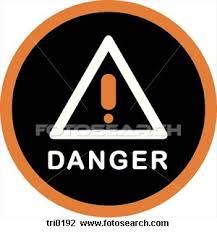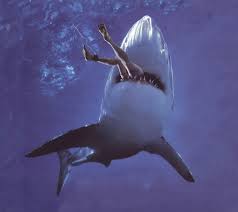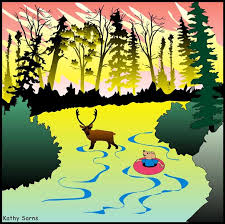WHY VENOMOUS SNAKES MAKE HORRIBLE AND TERRIBLE PET
 Every single year, emergency rooms have venomous snake owners showing up with a venomous snake bite. Even though the act of owning a venomous snake for a pet is illegal in most areas, the venomous snake is a popular pet in today’s society. Perhaps it is the danger of owning one, or the taboo nature of having one captive, but more and more people are attempting to keep them as pets.
Every single year, emergency rooms have venomous snake owners showing up with a venomous snake bite. Even though the act of owning a venomous snake for a pet is illegal in most areas, the venomous snake is a popular pet in today’s society. Perhaps it is the danger of owning one, or the taboo nature of having one captive, but more and more people are attempting to keep them as pets.If the thought has ever crossed your mind, I would like you to consider the man that was in the news this past winter. He was bitten in the face by a venomous gaboon viper. A gaboon viper is a large, heavy bodied snake that is actually rather docile by nature. They are not known as overly aggressive snakes, but they are still extremely deadly. Add to this the fact that they have the longest fangs of any venomous snake in the world at over two inches, and you have a recipe for disaster.
This gaboon viper struck the man in the face, and yet he survived. It is said that a gaboon viper bite is one of the most painful snake bites on the planet. One can only imagine how bad it would hurt to be bitten in the face. Since the gaboon viper is native to Africa, the other problem is finding the anti venom to save the man’s life. He was saved, but I bet he was second guessing that decision to keep a venomous snake for a pet.
The gaboon viper story is far from exclusive in the way of venomous bites. People have been bitten by cobras, rattlesnakes, cottonmouths, copperheads, coral snakes, and even black mambas while trying to keep them captive.
Even snake handlers that do this for a living get bitten on occasion, and they know what they are doing. Snake milkers, that extract the venom from venomous snakes for the anti venom are bitten on occasion and they handle venomous snakes on a daily basis. If you are thinking of keeping a venomous snake, then what do you think that your chances of avoiding a venomous snake bite may be?
There is a very good reason that venomous snakes are illegal to keep as pets. You are not qualified to care for them safely, and they are deadly. These two reasons are enough for most people, and the rest are risking grave danger. If you are not a herpetologist, and have great experience with handling dangerous snakes, then please just find a harmless snake to keep for a pet.
Some outstanding choices for harmless snakes as pets include corn snakes, ball pythons, king snakes, garter snakes, and even rat snakes if they are tamed……Or you could always just get a dog.





















